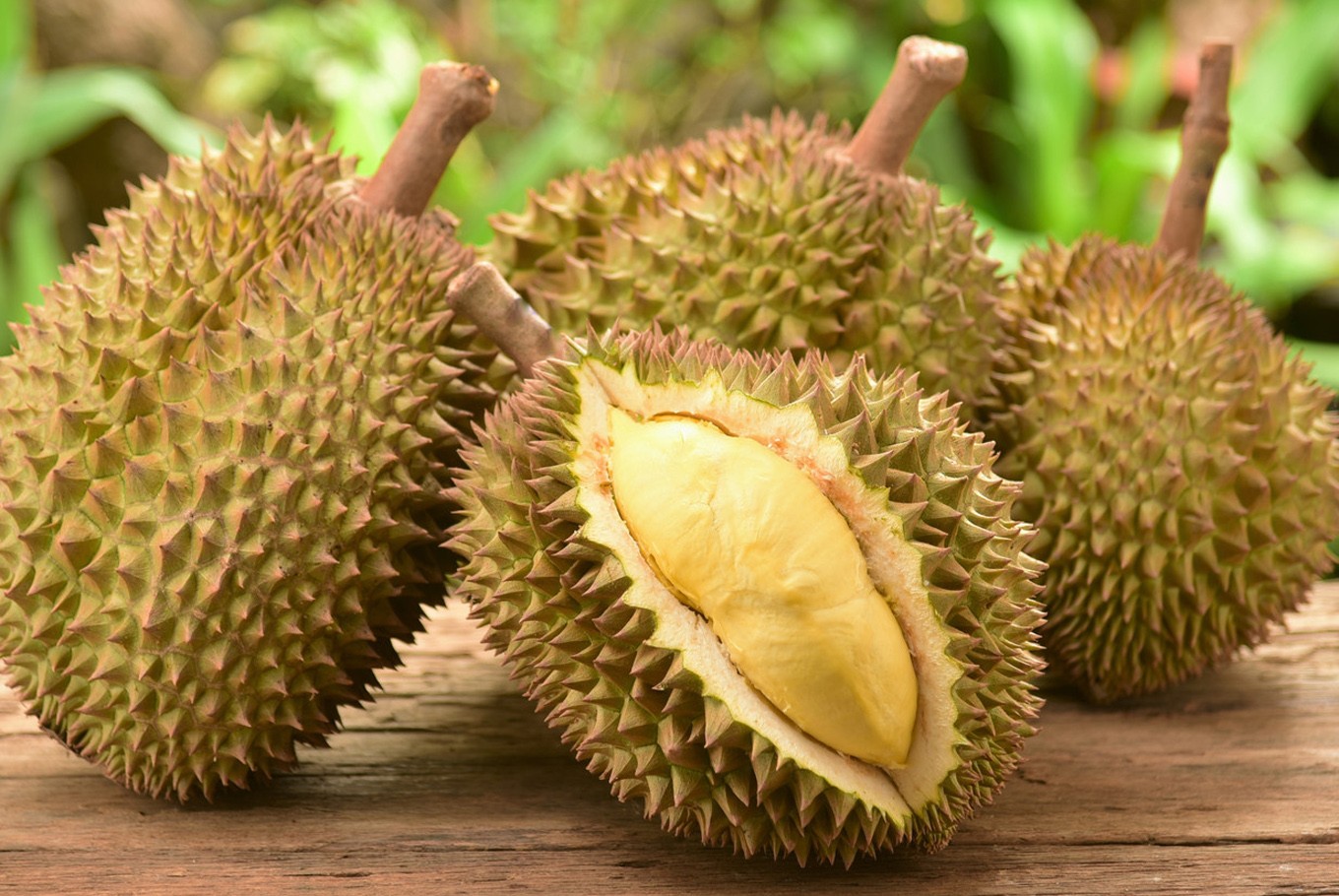Catch a whiff of this: Scientists decode durian DNA
Change Size
 On Monday, scientists from Singapore, Hong Kong and Malaysia published the DNA blueprint of the common durian, Durio zibethinus -- laying bare the genes responsible for its unique traits. (Shutterstock/File)
On Monday, scientists from Singapore, Hong Kong and Malaysia published the DNA blueprint of the common durian, Durio zibethinus -- laying bare the genes responsible for its unique traits. (Shutterstock/File)
O
nce described by a detractor as smelling of "turpentine and onions, garnished with a gym sock", southeast Asia's durian fruit leaves no-one unmoved -- you either adore or abhor it.
Popular in Thailand, Malaysia and Indonesia, the spiny, stinky delicacy is banned from public transport and many hotels.
Yet, for a food so controversial, very little was known about the durian's genetic makeup, until now.
On Monday, scientists from Singapore, Hong Kong and Malaysia published the DNA blueprint of the common durian, Durio zibethinus -- laying bare the genes responsible for its unique traits.
Such data "is vital to better understanding of durian biodiversity," the team wrote in the journal Nature Genetics.
While some may wish they had never caught a whiff of durian, others are concerned that several species are considered endangered or vulnerable. Knowing more about the plant's DNA may help protect it.
There are 30 known species in the Durio family, with D. zibethinus the most widely consumed.
The thorn-covered fruit, yellow-green in color, can grow to the size of a rugby ball.
Read also: Famous Medan durian outlet to indulge fruit's lovers in Jakarta
More than 250,000 hectares of land, an area about the size of Luxembourg, was devoted to durian cultivation in 2008, according to the study authors.
"Durian is also of major economic value as it has recently gained market penetrance in China," they wrote.
In 2016, durian imports to China accounted for about $600 million (511 million euros, compared to about $200 million for oranges, another key commodity.
There are about 200 specially-bred durian cultivars, with a range of textures, flavours and aromas to please a variety of palates -- with pungent and bitter fruit prized in Malaysia and Singapore, and sweeter ones in Thailand.
Yet despite the durian's importance as a tropical fruit crop, genetic research has been "almost nonexistent," the research team said.
The scientists said they hoped their work would kickstart further research to shed light on the extinction threat to certain durian species.
Genomic data could also be useful for "rapid quality control", they said, verifying the authenticity of fruit sold as desirable cultivars which may fetch high prices among aficionados.
"Further studies will help to elucidate the ecological roles of these important and fascinating tropical plants," the team wrote.









